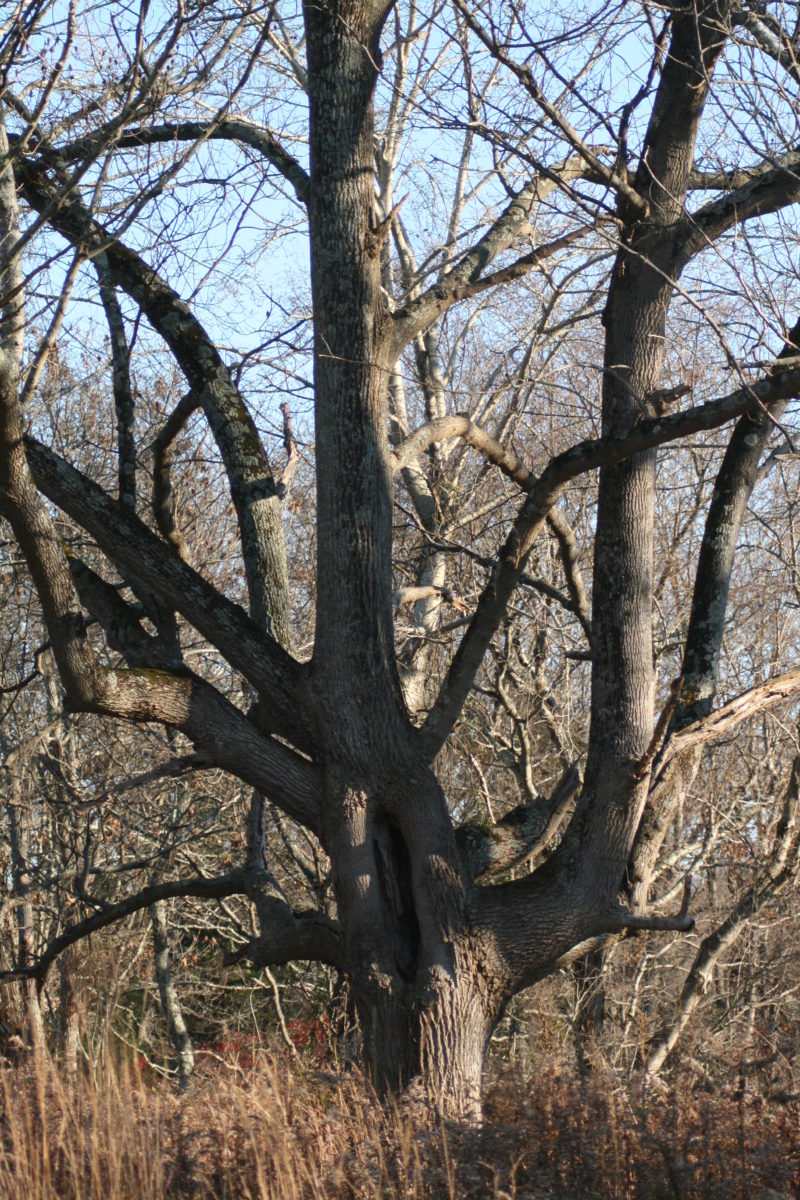Back to All Hike & Seek Properties
The lovely Pequotsepos Brook runs through this property and for centuries farmers have tended their fields and their flocks along this steam. Of course, crossings were necessary for foot travel as well as for wagons, carts, and animals so bridges were made.
Total Hike & Seek Targets: 6
SIGN

STONE BRIDGE
There are several stone bridges over the stream that are made out of huge stones carefully placed to cross the running water but not block the water’s flow. Some may be hard to find.
WOODEN BRIDGE
In more recent times, wooden bridges were created for wetland crossings because they were a lot easier to make! Find the wooden bridge and stairway that makes it so much easier to get onto the trail and over the wetlands.
HIDDEN FOUNDATIONS
Many more signs of history can be found on this preserve. Off one of the yellow spurs going to Pequotsepos Center Rd., this old foundation was cleared of vegetation recently so you can see it. Now the mystery is: Who built this house?
BIG OLD TREES
Back in the day when this land was farmed, and the main trail was a horse-drawn cart road, there were only a few trees on the property located along the roadways and walls. The trees could have one of several names: they might be called wolf trees because they stood alone, or “nooner trees” or “nooning trees” because when farmers took a break from their work to eat lunch at noon and rest, they would do so under these big old trees that provided shade for themselves and their animals. There are several big old nooners along the main trail. Many of them are white oak, Connecticut’s state tree.

AMERICAN ROBIN
As you walk down this trail through the woods, you may hear the sharp call or lovely song of the American robin, our state bird. Very adaptable birds, they make their nests in trees and shrubs, in woods, at the edges of fields, and even very close to human homes. We think of them as a sign of spring as they pull fat, juicy worms out of the ground. But they also eat berries and for that reason, they can even be found here during the winter. It will be a bonus if you spot one!




